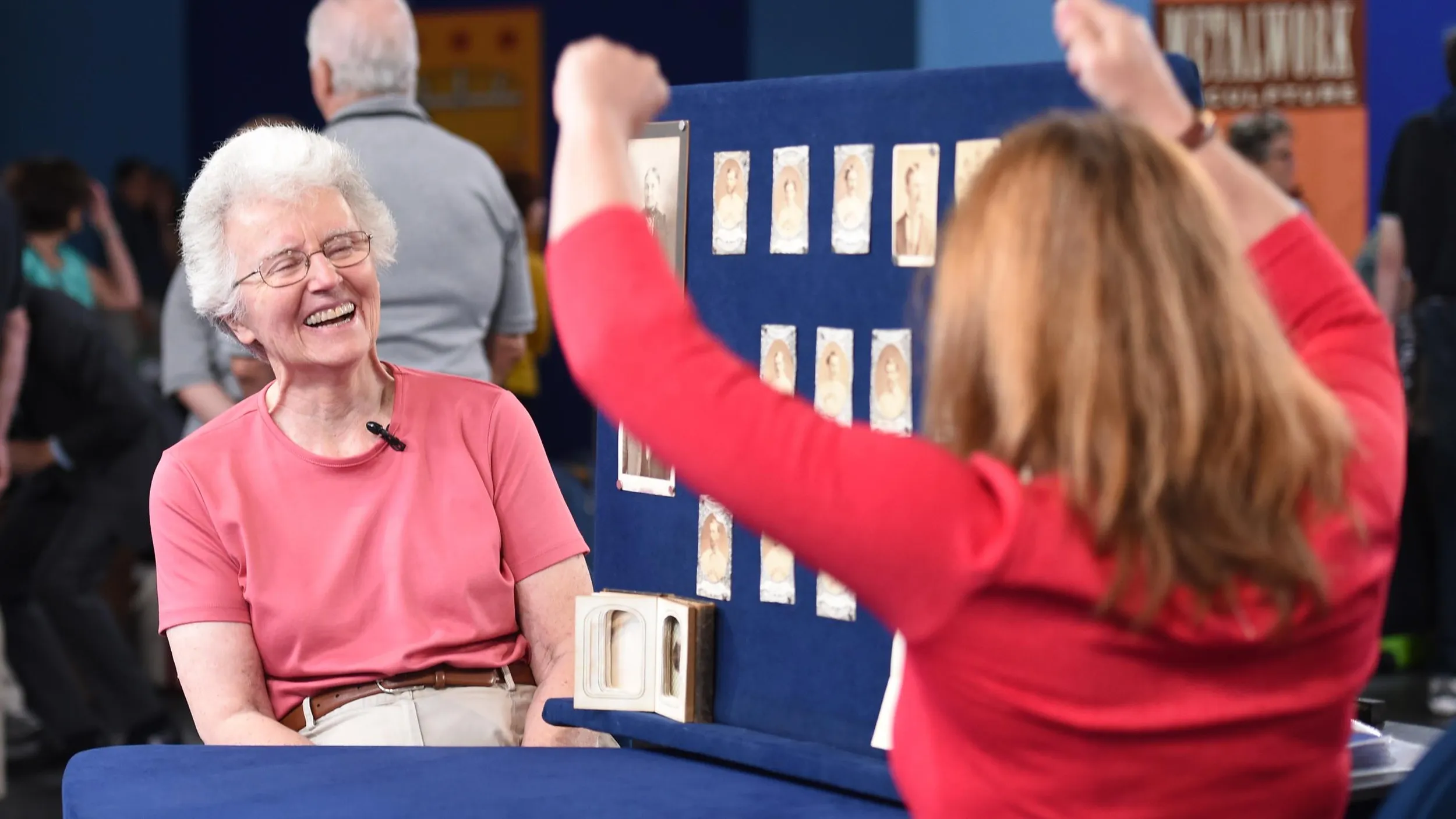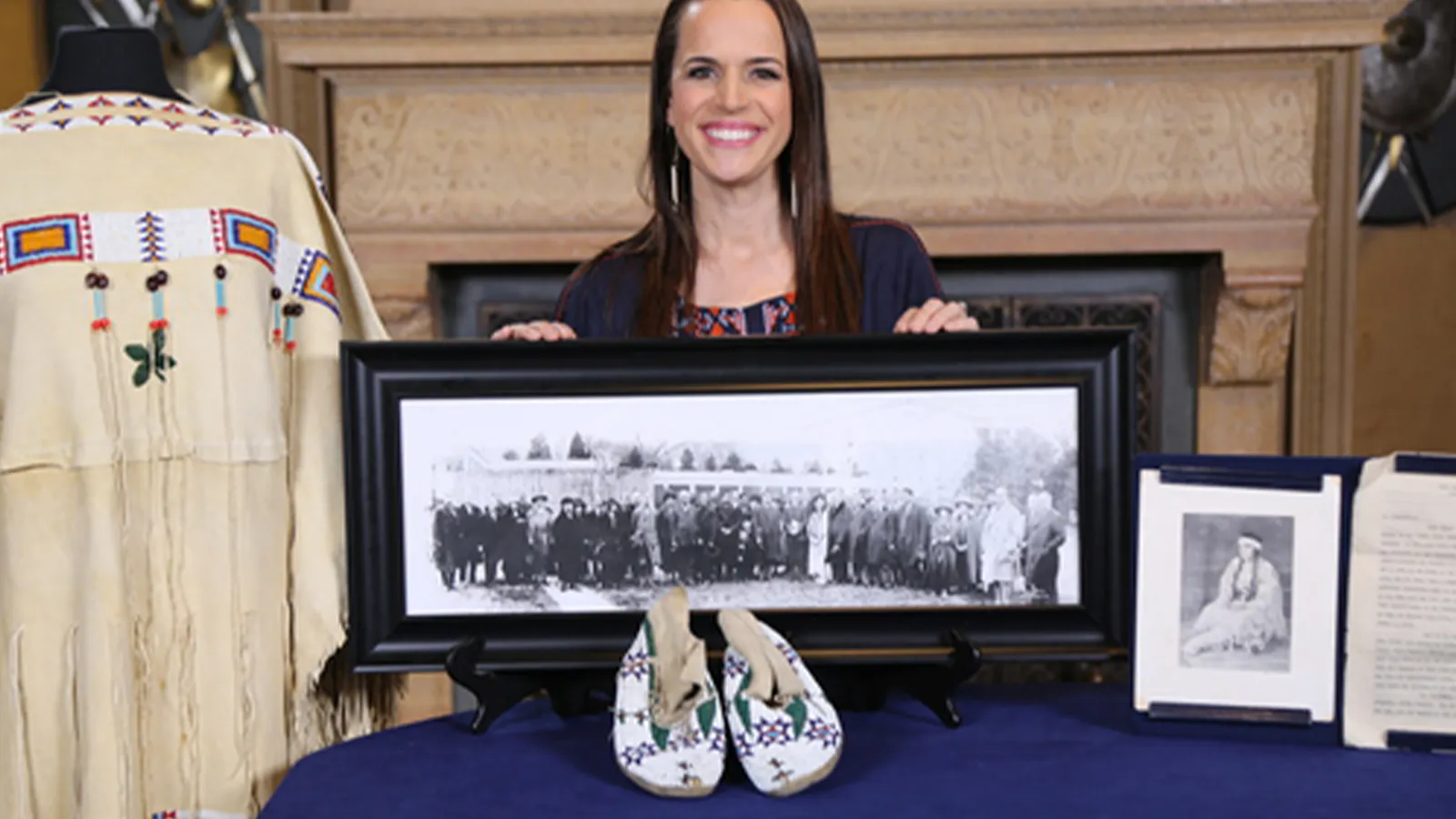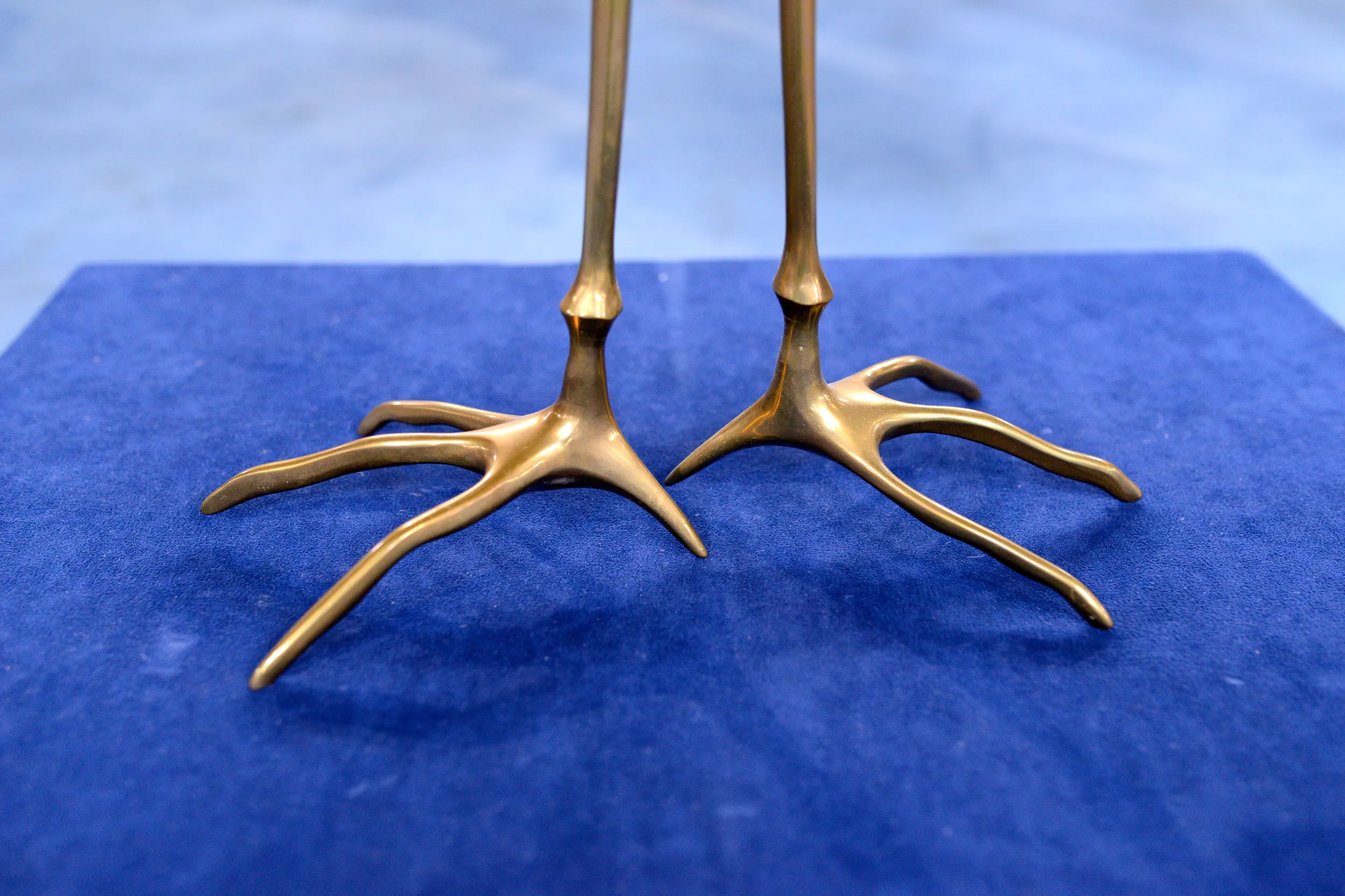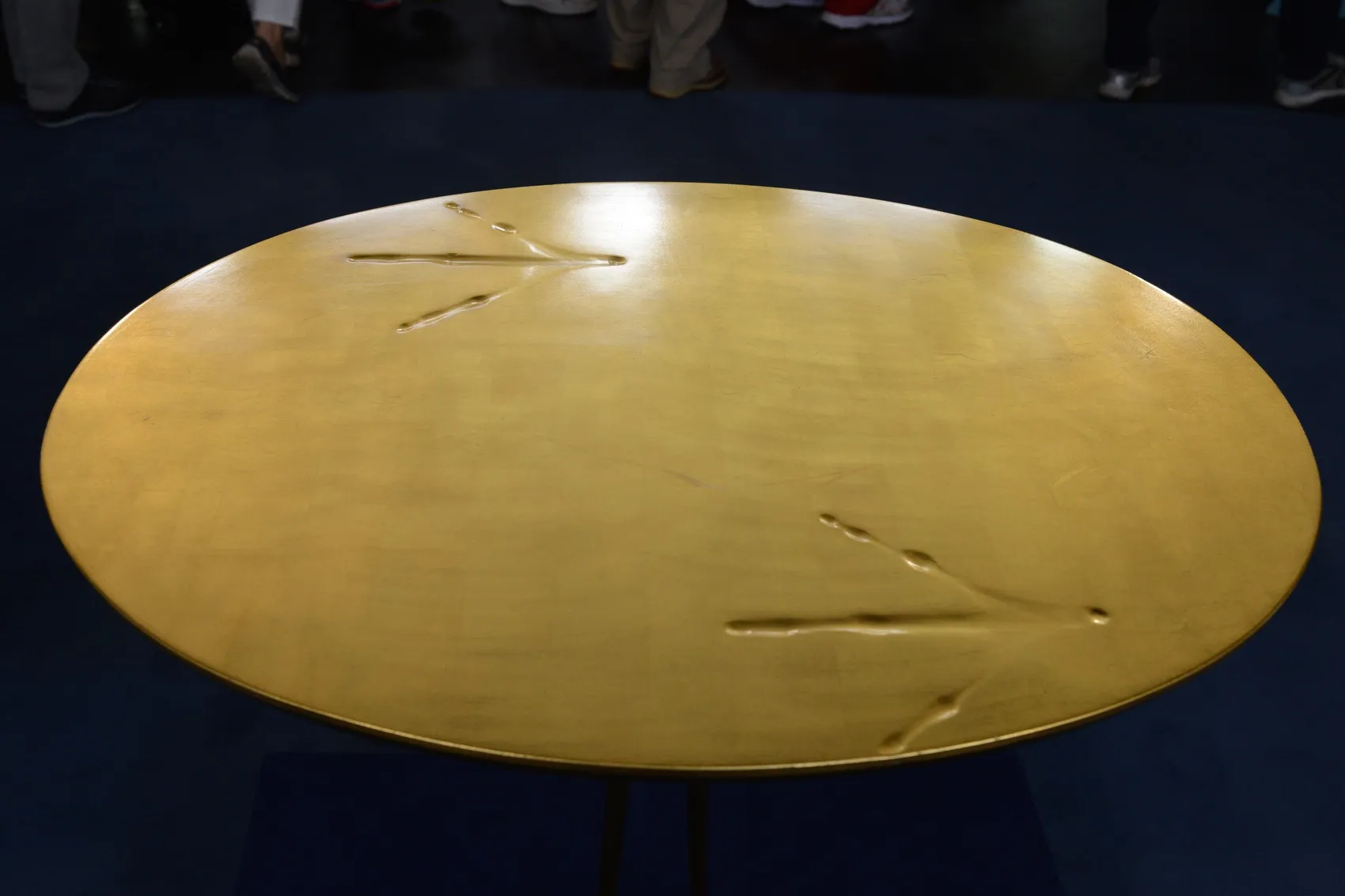GUEST: This table belonged to my uncle, who was an architect. I have a number of his papers, so I saw that this table he purchased at Palazzetti in New York. But I didn't see any bill. He had a really whimsical sense of humor, so this piece fit right in. He died about six or seven years ago. And I inherited his furniture. And I sold some things, but this one I loved, and I said, "I'm, I'm keeping this one."
APPRAISER: Well, it's interesting that you used the words "whimsical" and that he had a sense of humor, because one of the things that I love about this table is that both of those things are infused into the design. So, it's not really all about materials. It's also about imagination and humorous ideas. And those are hallmarks of the Surrealist movement.
GUEST: Yes.
APPRAISER: And this was designed by Méret Oppenheim, one of the female Surrealists. In a movement that was dominated by male figures, she brought a distinct feminine appeal to the movement. And this is not only tall and elegant, but it's also humorous, in that this wonderful sort of oversized, almost Jurassic Park-like bird leg is impressed on the top of the table. If you could imagine a bird walking across a soft stream bed, and the impressions that the bird's feet would make, and she's covered it in gold leaf. I think this is kind of the epitome of the Surrealist movement. It was designed in 1939, at the height of the Surrealist movement. But it wasn't put into serial production until the early '70s. And there was a company called Simon Gavina that acquired the rights to produce this. And, in fact, technically, they reproduced it. So what you have here is a reproduction. You tend to hear that word and you think it can't be very valuable because it's a reproduction. Have you ever had any idea what it might be worth?
GUEST: I saw it went on auction three times. The lowest was $2,500. I saw it, I think it was 2007, and it went for over $13,000. And then more recently, it was about $7,000, so it could be anywhere there, but I'm not selling it.
APPRAISER: The market actually wants items that were produced closer to the original reproduction date. They were originally produced in 1971. And in fact, you can still buy them today. You can buy one for under $3,000 that's still an authorized reproduction. Now, one thing your table does not have is a label. Uh-huh. The labels changed over the years, and you can tell a little bit more about the production from the label. The one that you saw that sold for $13,000 actually had one of the original labels from the early '70s, and that gives buyers a confidence about when it was produced.
GUEST: When it was done. I think he purchased it in 1979.
APPRAISER: So, that puts it in the early period. One of the ways that I can tell that it was a '70s production is by looking at these screws underneath. This is exactly how they were produced in the '70s, and it's slightly different today. In this condition, as an example from the 1970s, I would say that at auction, this table would probably bring about $7,000.
GUEST: That's excellent news, excellent. And I really, I love it.














